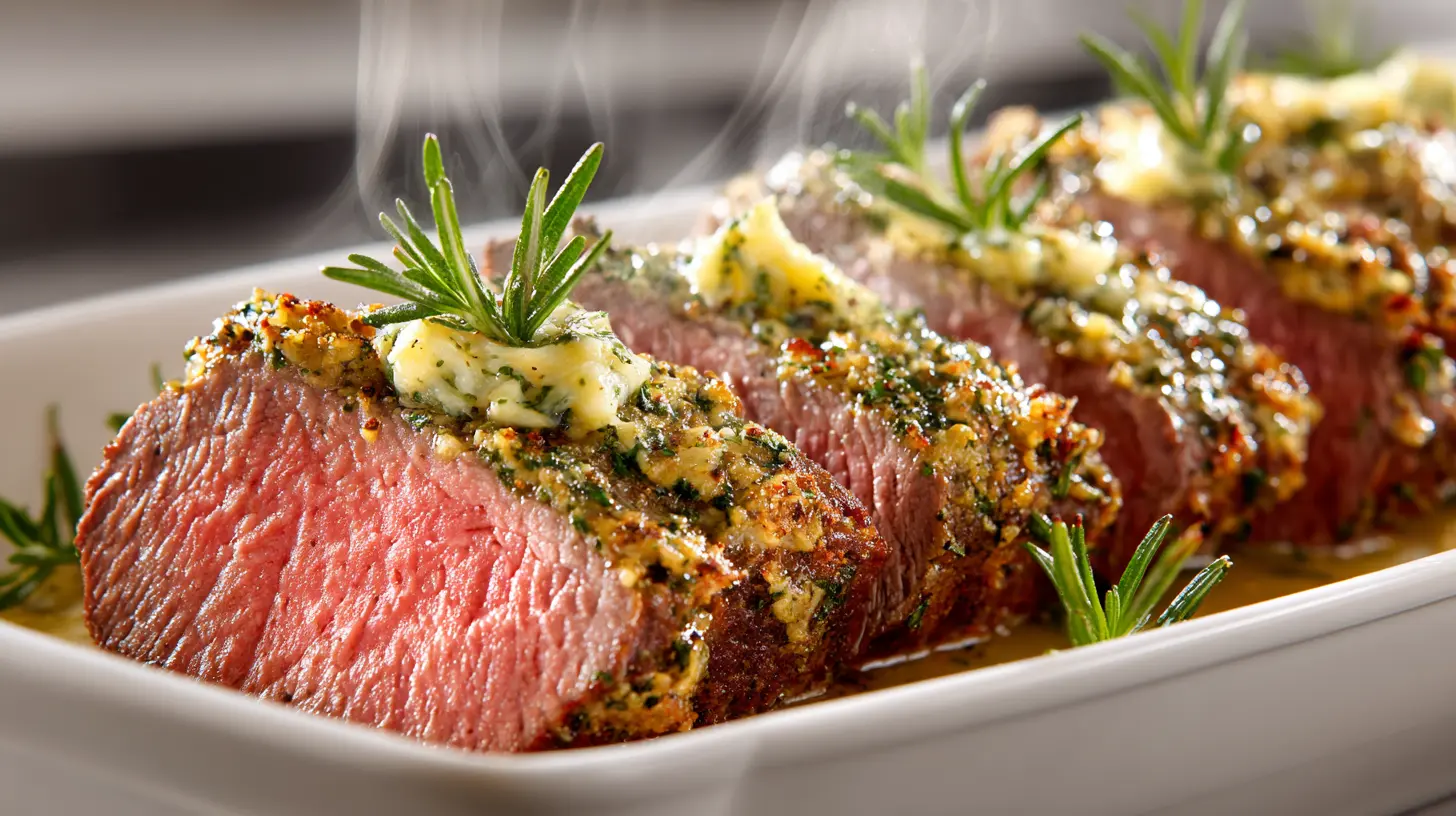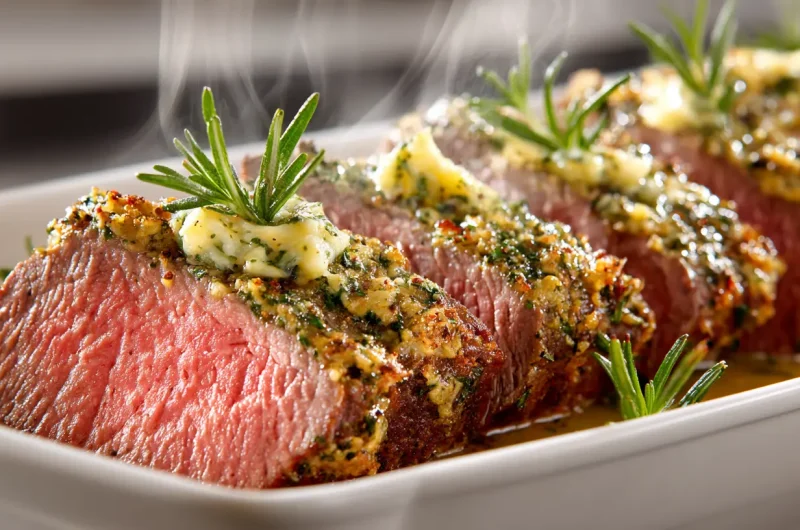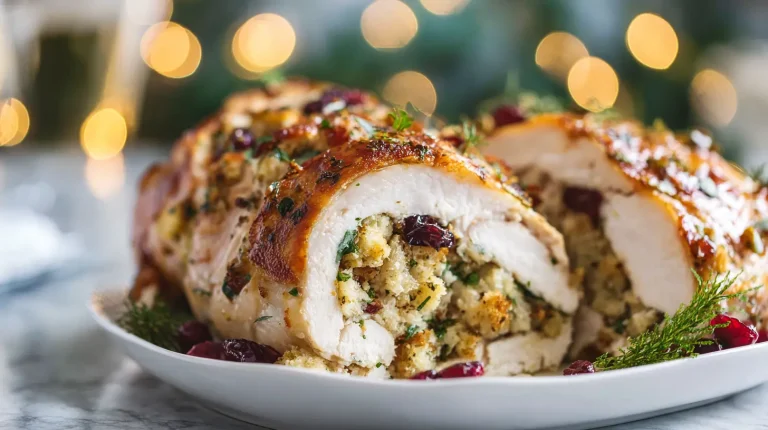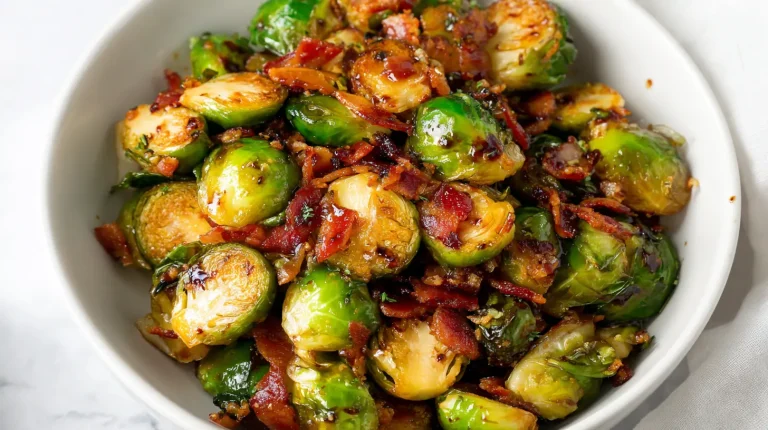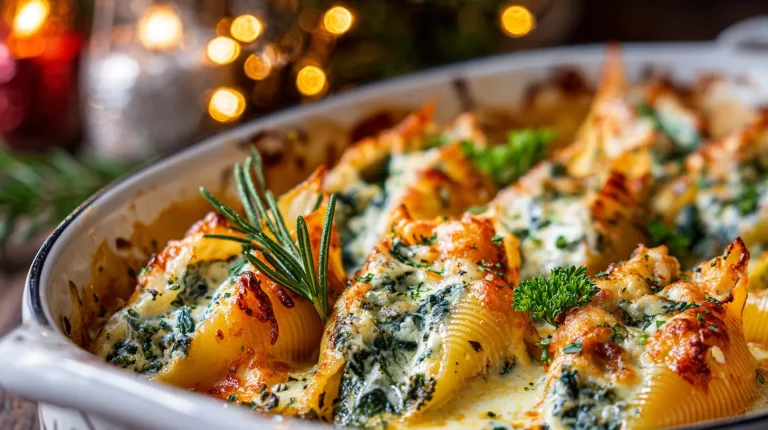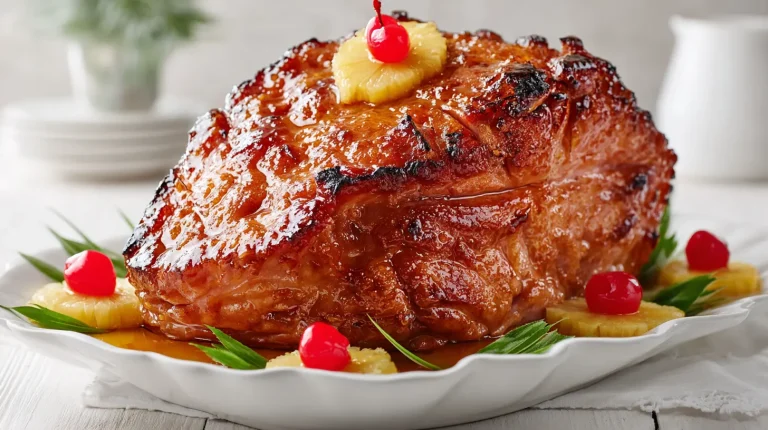Beef Tenderloin Roast – Flavorful Christmas Dinner Recipe
Christmas Special Beef Tenderloin Roast
Beef tenderloin roast is one of the most luxurious cuts you can cook at home. Known for its exceptional tenderness and subtle flavor, this cut comes from the loin of the cow, where the muscles do very little work. The result is a roast that practically melts in your mouth while offering a rich, beef-forward flavor. Cooking a beef tenderloin roast at home may seem intimidating, but with the right guidance, it becomes a simple yet impressive centerpiece for family dinners, holidays, or special occasions.
The beauty of beef tenderloin roast lies in its versatility. Whether you prepare a classic Garlic Rosemary Beef Tenderloin Roast or try marinated versions, this dish is both elegant and approachable. Its naturally mild flavor allows for a variety of seasonings, sauces, and side dishes, from roasted vegetables to creamy mashed potatoes. For many, a perfectly cooked beef tenderloin roast is the ultimate comfort food and a showstopper for entertaining, embodying sophistication without overly complicated techniques.
Why You’ll Love This Recipe
This beef tenderloin roast recipe highlights how simple techniques can transform a premium cut of meat into a show-stopping meal. It is approachable for home cooks yet produces results worthy of a fine-dining experience.
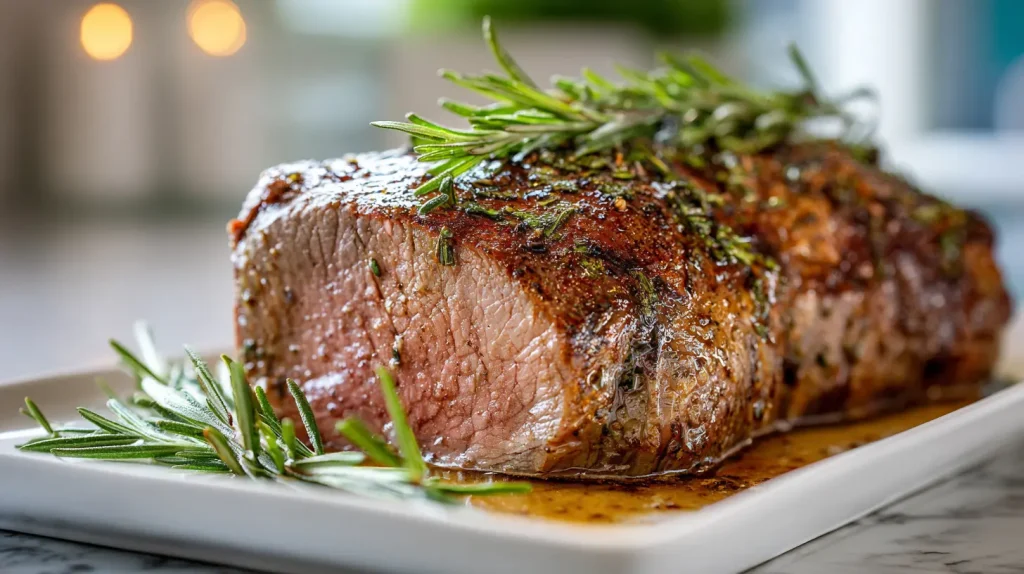
Preparation and Cooking Time, also serving
Ingredients
Substitution Notes
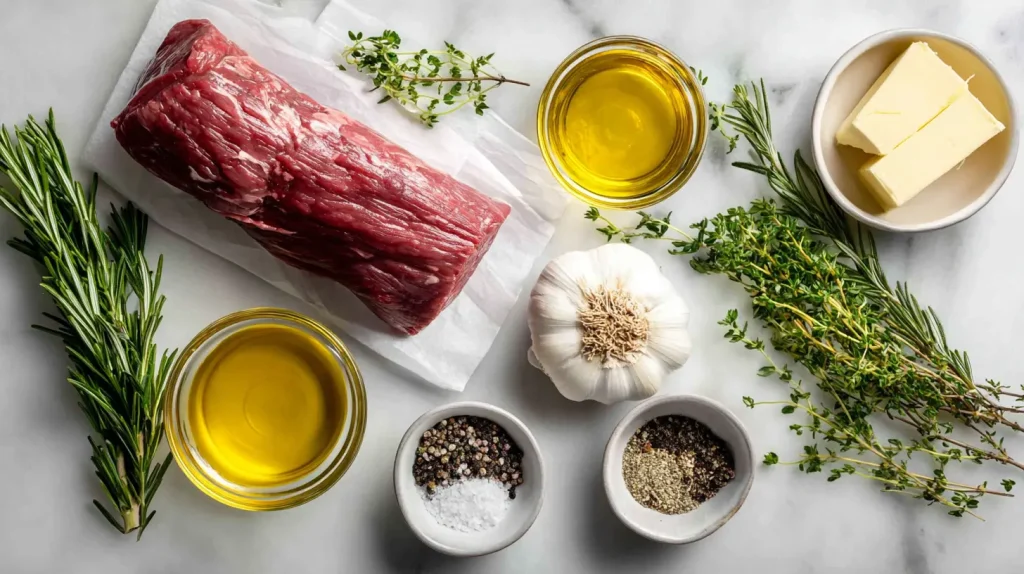
Step-by-Step Instructions
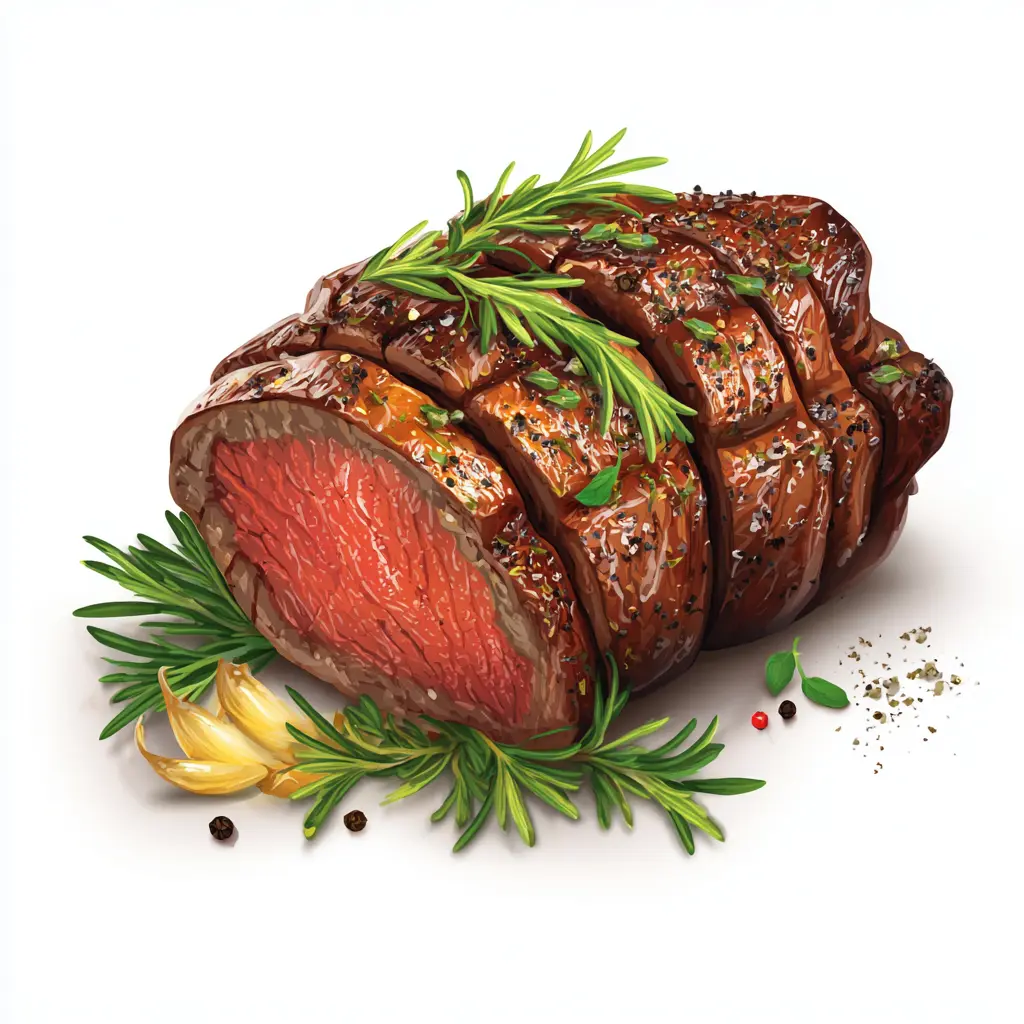
Step 1: Prepare the beef tenderloin
Remove the beef tenderloin roast from the refrigerator and allow it to come to room temperature for 30-60 minutes. Pat it dry with paper towels. This ensures even cooking and helps achieve a better crust during roasting. Trim any excess fat or silver skin for a clean, uniform roast.

Step 2: Preheat the oven
Preheat your oven to 425°F (220°C). A hot oven helps create a caramelized crust while sealing in the natural juices of the beef tenderloin.

Step 3: Season the roast
Rub the olive oil over the entire beef tenderloin. Combine minced garlic, chopped rosemary, thyme, salt, and pepper in a small bowl. Massage the seasoning mixture evenly onto the roast. Ensure all sides are coated to develop flavor throughout.

Step 4: Sear the beef tenderloin
Heat a heavy oven-safe skillet over medium-high heat. Once hot, sear the beef tenderloin roast on all sides, about 2-3 minutes per side, until a deep golden-brown crust forms. This step locks in juices and adds flavor, preparing the roast for oven roasting.

Step 5: Roast the beef
Transfer the skillet to the preheated oven. Roast until the internal temperature reaches your desired doneness: 125°F (52°C) for rare, 135°F (57°C) for medium-rare, 145°F (63°C) for medium. Use an instant-read meat thermometer inserted into the thickest part of the tenderloin to monitor accurately. Cooking times will vary depending on roast size and oven performance.

Step 6: Rest the roast
Remove the beef tenderloin roast from the oven and transfer it to a cutting board. Tent loosely with aluminum foil and allow it to rest for 15 minutes. Resting allows the juices to redistribute, ensuring a tender and moist final result.

Step 7: Slice and serve
Slice the beef tenderloin roast into 1-1.5 inch thick medallions. Arrange on a warm serving platter. Optionally, top with a small pat of compound butter or a drizzle of pan jus for additional flavor. Serve with your choice of sides.
How to Serve
Serving beef tenderloin roast is as much about presentation as it is about flavor. The way you plate and pair it can elevate a simple roast into an elegant, restaurant-quality meal. Here are chef-approved ideas to make your roast look and taste extraordinary:
By following these serving tips, your beef tenderloin roast will not only taste exceptional but also impress visually, making it a centerpiece that feels luxurious and thoughtfully prepared.
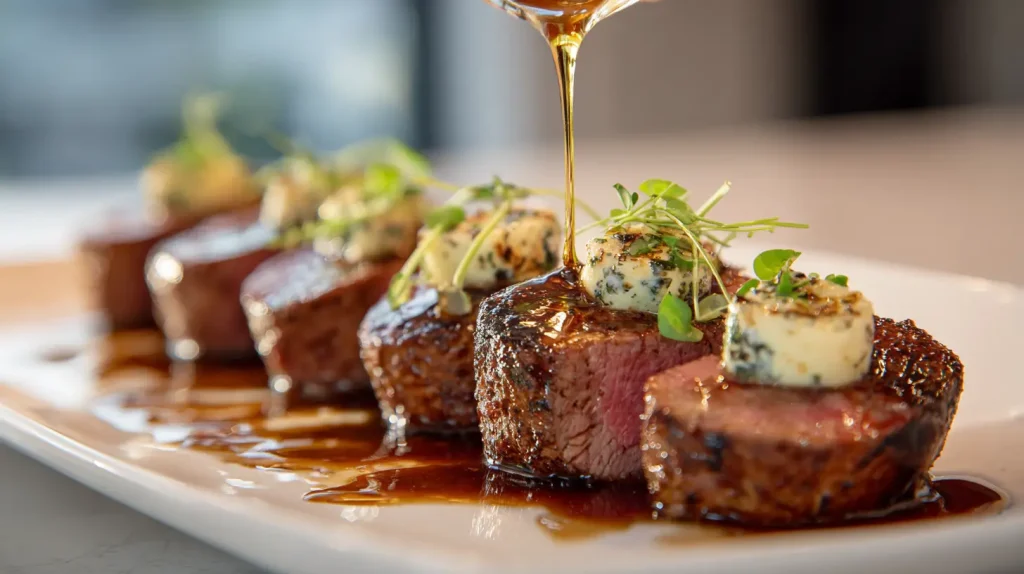
Additional Tips
Recipe Variations

Freezing and Storage
Nutritional Information (Approximate values per serving)
Final Words
Beef tenderloin roast is one of the most rewarding dishes to prepare at home because it combines elegance with simplicity. Its natural tenderness and rich, beef-forward flavor make it a centerpiece that impresses at any dinner table. With the right technique, seasoning, and attention to cooking times, you can achieve a roast that rivals restaurant-quality results. Preparing this dish allows home cooks to gain confidence in handling premium cuts of meat, understanding roasting principles, and mastering the art of creating a flavorful crust while maintaining a juicy interior.
Cooking a beef tenderloin roast also offers versatility and creativity in the kitchen. From classic Garlic Rosemary Beef Tenderloin Roast to marinated variations, this cut adapts well to different flavors and cuisines. Pairing it with complementary beef tenderloin side dishes or sauces elevates the meal while giving you flexibility to customize based on season, occasion, or personal preference. Every step, from seasoning and searing to resting and slicing, teaches valuable cooking fundamentals that can be applied to other roasts and premium cuts, making this recipe both practical and educational.
Finally, this beef tenderloin roast recipe embodies the joy of home cooking while delivering sophistication on the plate. It is perfect for family gatherings, holidays, celebrations, or simply a special weeknight dinner. Cooking it at home provides satisfaction in creating a visually stunning, tender, and flavorful roast without relying on a restaurant. With practice and attention to the tips shared in this guide, you will consistently achieve a succulent roast that is deeply satisfying, memorable, and sure to become a signature dish in your kitchen.
FAQ’s
Beef Tenderloin Roast – Flavorful Christmas Dinner Recipe
Course: Christmas Recipes8
servings20
minutes50
minutes350
kcal15
minutesIngredients
3-4 pound whole beef tenderloin, trimmed
3 tablespoons olive oil
4 cloves garlic minced
2 teaspoons fresh rosemary chopped
1 teaspoon fresh thyme chopped
1 teaspoon salt adjust to taste
½ teaspoon freshly ground black pepper
Optional: 2 tablespoons unsalted butter or compound butter for finishing
Directions
- Remove the beef tenderloin roast from the refrigerator and allow it to come to room temperature for 30-60 minutes. Pat it dry with paper towels. This ensures even cooking and helps achieve a better crust during roasting. Trim any excess fat or silver skin for a clean, uniform roast.
- Preheat your oven to 425°F (220°C). A hot oven helps create a caramelized crust while sealing in the natural juices of the beef tenderloin.
- Rub the olive oil over the entire beef tenderloin. Combine minced garlic, chopped rosemary, thyme, salt, and pepper in a small bowl. Massage the seasoning mixture evenly onto the roast. Ensure all sides are coated to develop flavor throughout.
- Heat a heavy oven-safe skillet over medium-high heat. Once hot, sear the beef tenderloin roast on all sides, about 2-3 minutes per side, until a deep golden-brown crust forms. This step locks in juices and adds flavor, preparing the roast for oven roasting.
- Transfer the skillet to the preheated oven. Roast until the internal temperature reaches your desired doneness: 125°F (52°C) for rare, 135°F (57°C) for medium-rare, 145°F (63°C) for medium. Use an instant-read meat thermometer inserted into the thickest part of the tenderloin to monitor accurately. Cooking times will vary depending on roast size and oven performance.
- Remove the beef tenderloin roast from the oven and transfer it to a cutting board. Tent loosely with aluminum foil and allow it to rest for 15 minutes. Resting allows the juices to redistribute, ensuring a tender and moist final result.
- Slice the beef tenderloin roast into 1-1.5 inch thick medallions. Arrange on a warm serving platter. Optionally, top with a small pat of compound butter or a drizzle of pan jus for additional flavor. Serve with your choice of sides.
Notes
- Use a meat thermometer for accurate results; this is the most reliable way to achieve perfect doneness.
- Allow the beef tenderloin roast to come to room temperature before cooking to ensure even heat penetration.
- Searing the beef before roasting creates a flavorful crust and enhances the appearance.
- Rest the roast after cooking to preserve juices. Cutting too soon can result in dry meat.
- Compound butter adds richness and enhances the herb aroma. Apply just before serving for a glossy finish.

